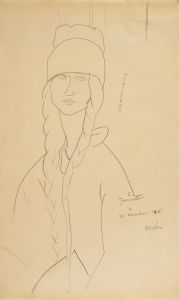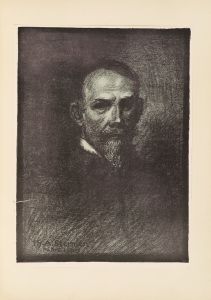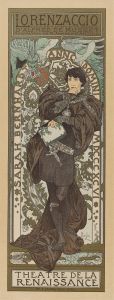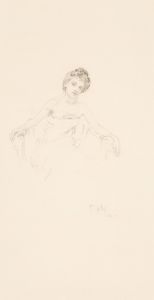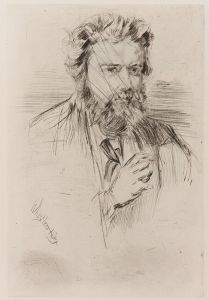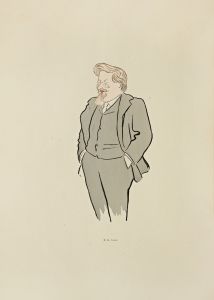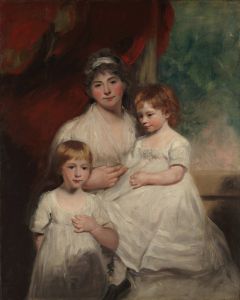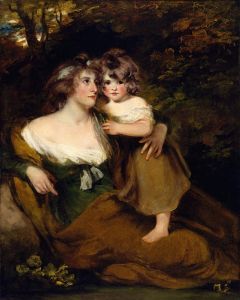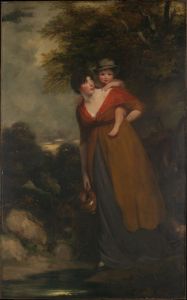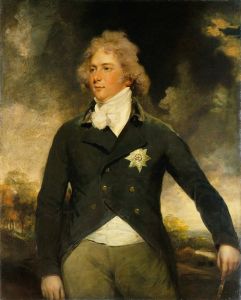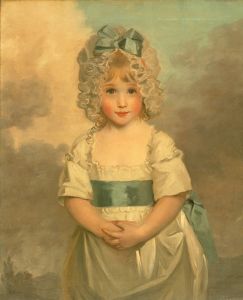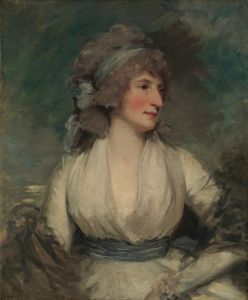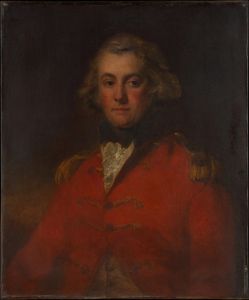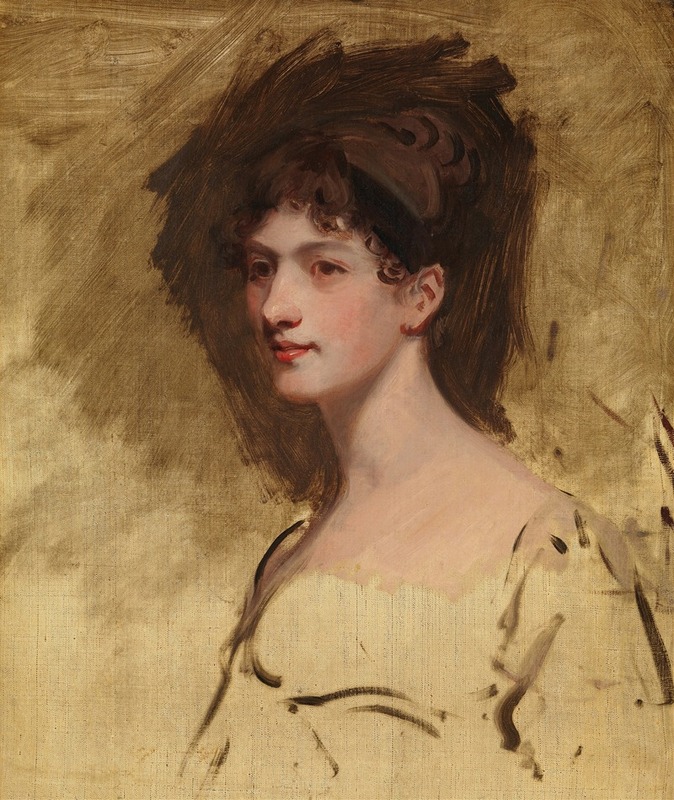
Lady Hester King
A hand-painted replica of John Hoppner’s masterpiece Lady Hester King, meticulously crafted by professional artists to capture the true essence of the original. Each piece is created with museum-quality canvas and rare mineral pigments, carefully painted by experienced artists with delicate brushstrokes and rich, layered colors to perfectly recreate the texture of the original artwork. Unlike machine-printed reproductions, this hand-painted version brings the painting to life, infused with the artist’s emotions and skill in every stroke. Whether for personal collection or home decoration, it instantly elevates the artistic atmosphere of any space.
"Lady Hester King" is a portrait painted by the British artist John Hoppner (1758–1810), a prominent portraitist of the late 18th and early 19th centuries. Hoppner was known for his skillful depictions of the British aristocracy and his ability to capture the elegance and refinement of his sitters. This painting is one of many works that exemplify his mastery of portraiture during the Georgian era.
The subject of the painting, Lady Hester King, was a member of the British aristocracy. She was the wife of Peter King, 7th Baron King (1776–1833), who later became the 1st Earl of Lovelace. Lady Hester King was born Hester Fortescue, a member of the prominent Fortescue family, which had longstanding ties to British nobility and politics. The exact date of the painting is not definitively documented, but it is believed to have been created during the late 18th or early 19th century, a period when Hoppner was at the height of his career.
The portrait is characteristic of Hoppner's style, which often featured a soft, luminous quality and a focus on the sitter's grace and poise. His use of light and shadow, combined with his attention to detail in rendering fabrics and textures, contributed to the elegance of his works. In "Lady Hester King," Hoppner likely sought to emphasize her status and refinement, as was customary in portraits of the time.
John Hoppner was a rival of Sir Thomas Lawrence, another leading portraitist of the era, and his works were highly sought after by the British elite. Hoppner's portraits often reflected the ideals of beauty and sophistication that were valued in Georgian society. His ability to convey the personality and social standing of his subjects made him one of the most celebrated artists of his time.
The current location of "Lady Hester King" is not specified in widely available records, but many of Hoppner's works are held in private collections or displayed in museums and galleries, particularly in the United Kingdom. As with many portraits of the period, the painting serves as both an artistic achievement and a historical document, offering insight into the fashion, culture, and social hierarchy of Georgian Britain.
Further details about the painting, such as its dimensions, medium, or provenance, are not readily available in public sources.





